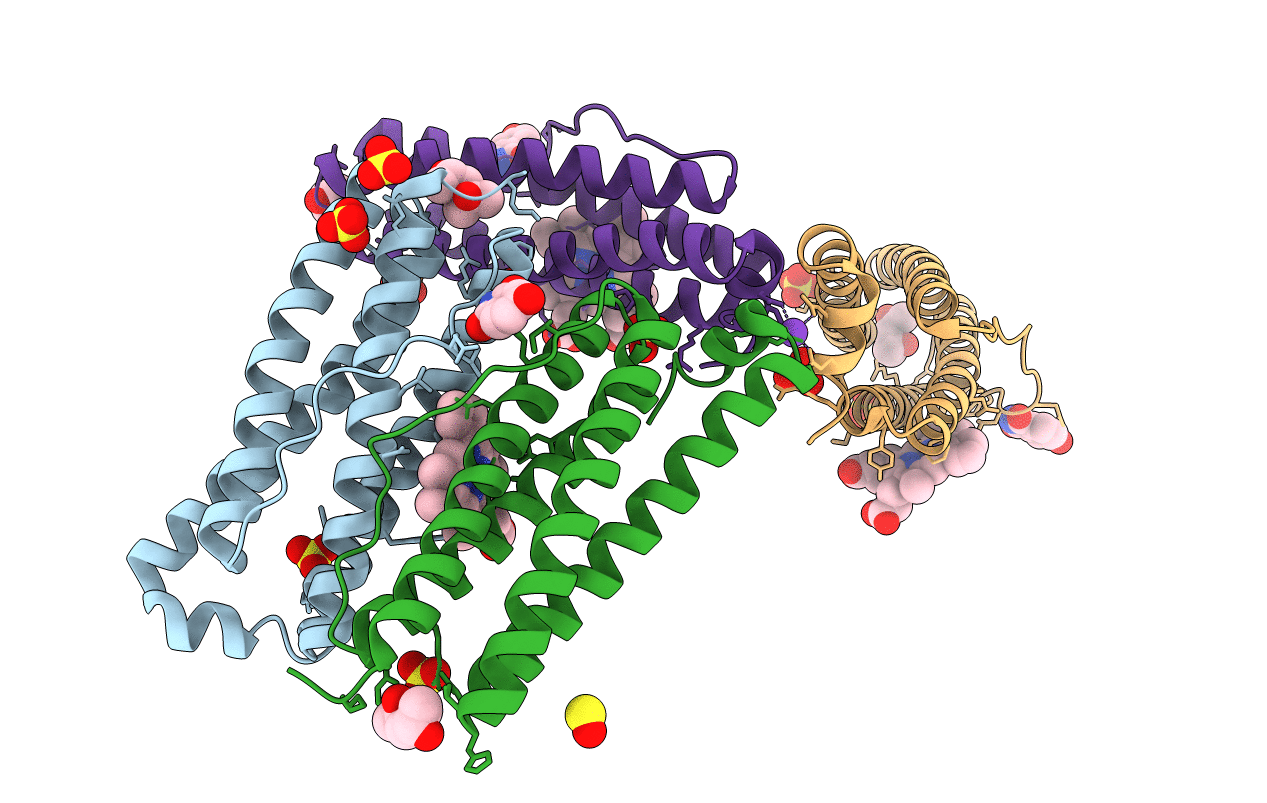
Deposition Date
2019-01-08
Release Date
2019-05-08
Last Version Date
2024-11-06
Entry Detail
PDB ID:
6NLG
Keywords:
Title:
1.50 A resolution structure of BfrB (C89S/K96C) from Pseudomonas aeruginosa in complex with a small molecule fragment (analog 1)
Biological Source:
Source Organism:
Pseudomonas aeruginosa (Taxon ID: 208964)
Host Organism:
Method Details:
Experimental Method:
Resolution:
1.50 Å
R-Value Free:
0.15
R-Value Work:
0.15
R-Value Observed:
0.15
Space Group:
P 63 2 2


